2022
Vintage
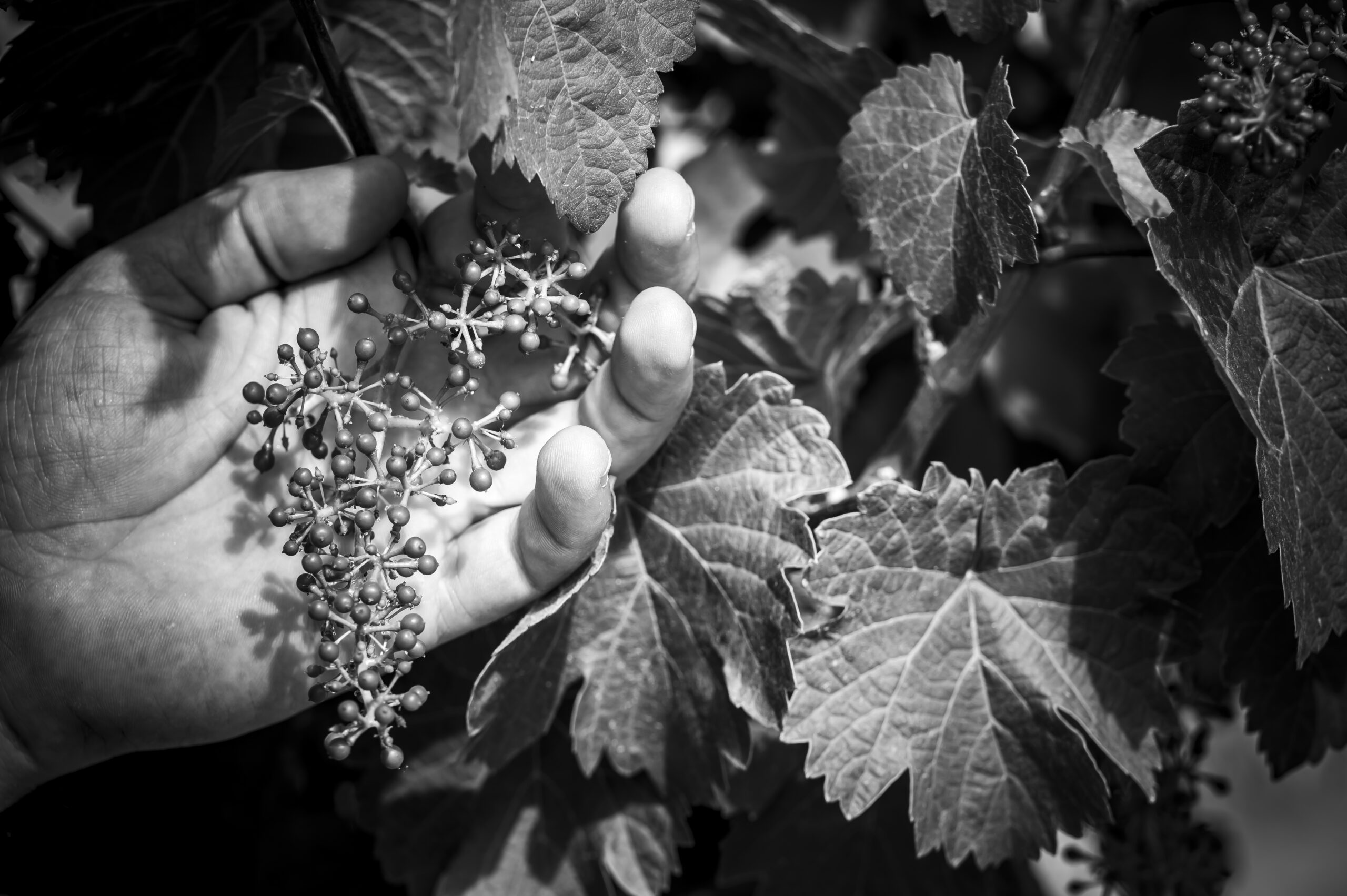
2022
Warm temperatures and low rainfall
The months of October, November and December were rainy with mild temperatures. The winter of 2022 followed the rhythm of the previous months and there were no days of extreme cold. Rainfall was virtually absent during the first quarter. The vines began to weep at the end of March due to the high temperatures at that time. Even so, budbreak did not arrive until the end of April due to low spring rainfall. May was a particularly atypical month due to the high temperatures. This caused the vines to experience particularly rapid phenological growth.
Flowering was rapid in mid-June and the vines set well. The summer was extremely dry and hot, and the youngest plants went into dormancy at times due to the great stress they suffered during the various heat waves throughout the summer. These characteristics of the cycle also allowed the health status to remain perfect. Ripening during the month of August was rapid. Harvest began on September 1 and lasted until September 28.
2021
Vintage
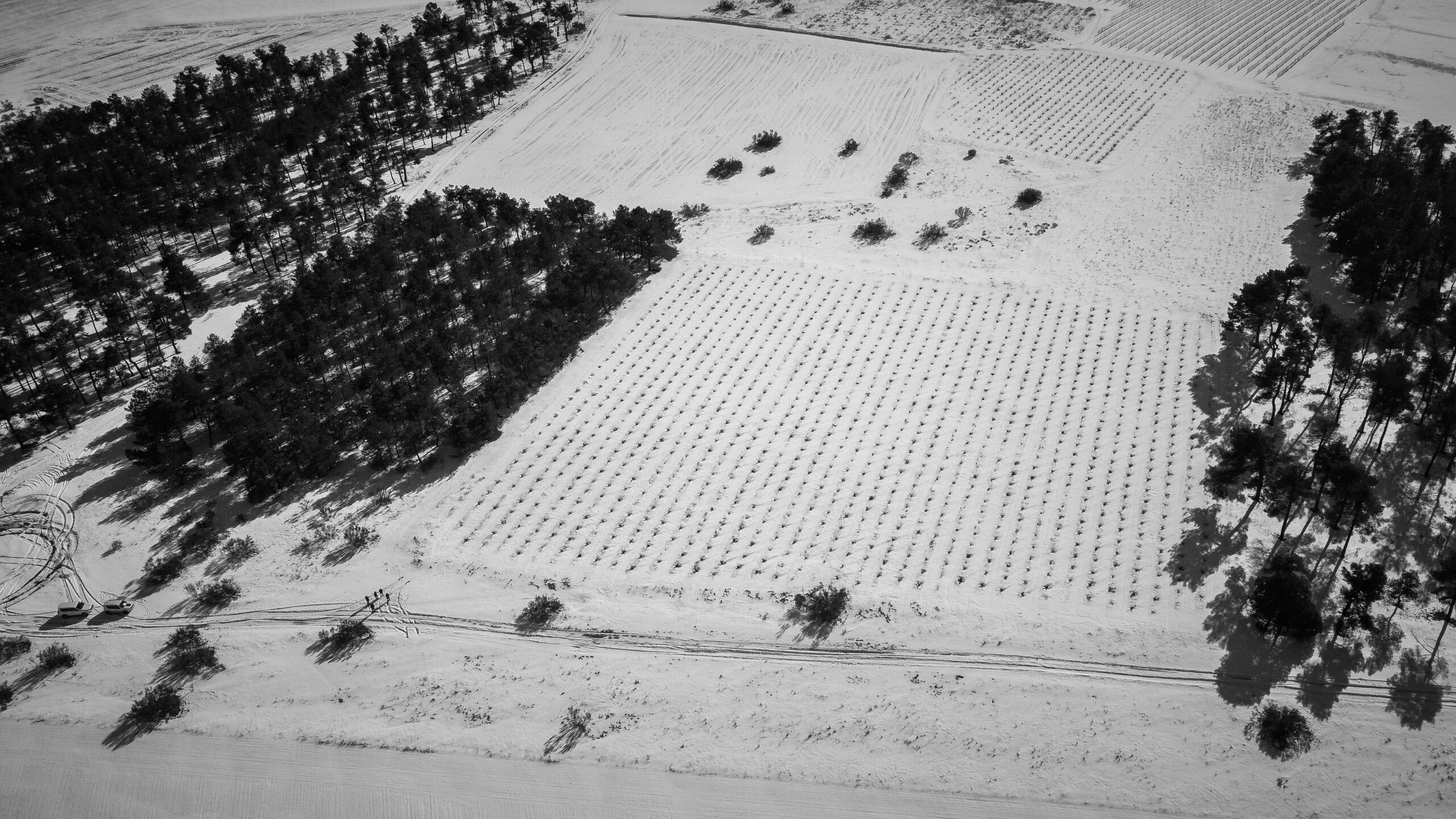
2021
A complex climatic year
From the point of view of climate, the autumn of 2020 was marked by mild temperatures and average rainfall for the season, without heavy frosts, which delayed leaf fall. January and February were very cold months, especially in January with the Filomena weather episode that left, after a heavy snowfall, temperatures below freezing for several weeks. This caused damage to future spring buds, especially on the youngest vines. The first weeping of the vines occurred at the beginning of April, and budbreak came in the middle of the month, practically coinciding with two spring frosts on April 17 and 19.
The months of May and June were characterized by average temperatures and rainfall somewhat higher than usual for this time of year. Even so, the work in the vineyard allowed for good health. Flowering began at the end of June with good fruit set. The summer was mostly dry and with mild temperatures, which meant that the development and ripening of the vines was slow, and the grapes achieved ideal acidity at the time of harvest. The harvest began on September 9 and lasted until October 5, with intermittent rain, but this did not affect the health of the grapes.
2020
Vintage
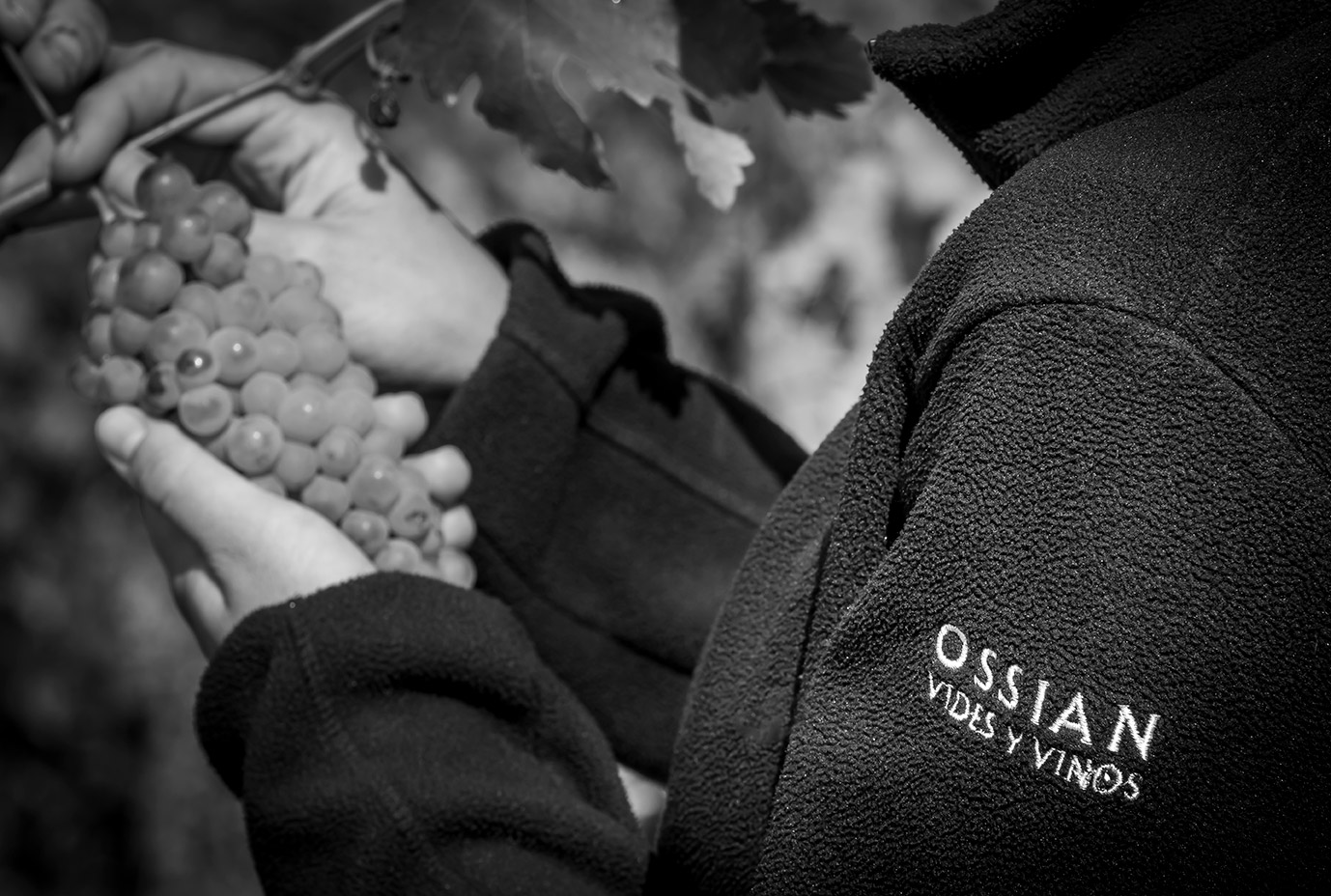
2020
An extraordinary climatic year
The autumn of 2019 was marked by mild temperatures and somewhat higher than usual precipitation. January and February were unusually warmer, which led to an early start to spring. The first weeping of the vines took place in mid-March, but bud break took place a month later due to the particularly cold weeks, with snowfall on 31 March. May was a month of mild temperatures and abundant rainfall that facilitated adequate vegetative development, with flowering taking place in the first week of June. The summer was warm and dry, allowing for an excellent sanitary state of the vineyard and the beginning of veraison at the end of August. The harvest began on 8 September with optimum ripeness and health, developing in warm temperatures and with practically no rainfall until the end of the harvest on 30 September.
2019
Vintage
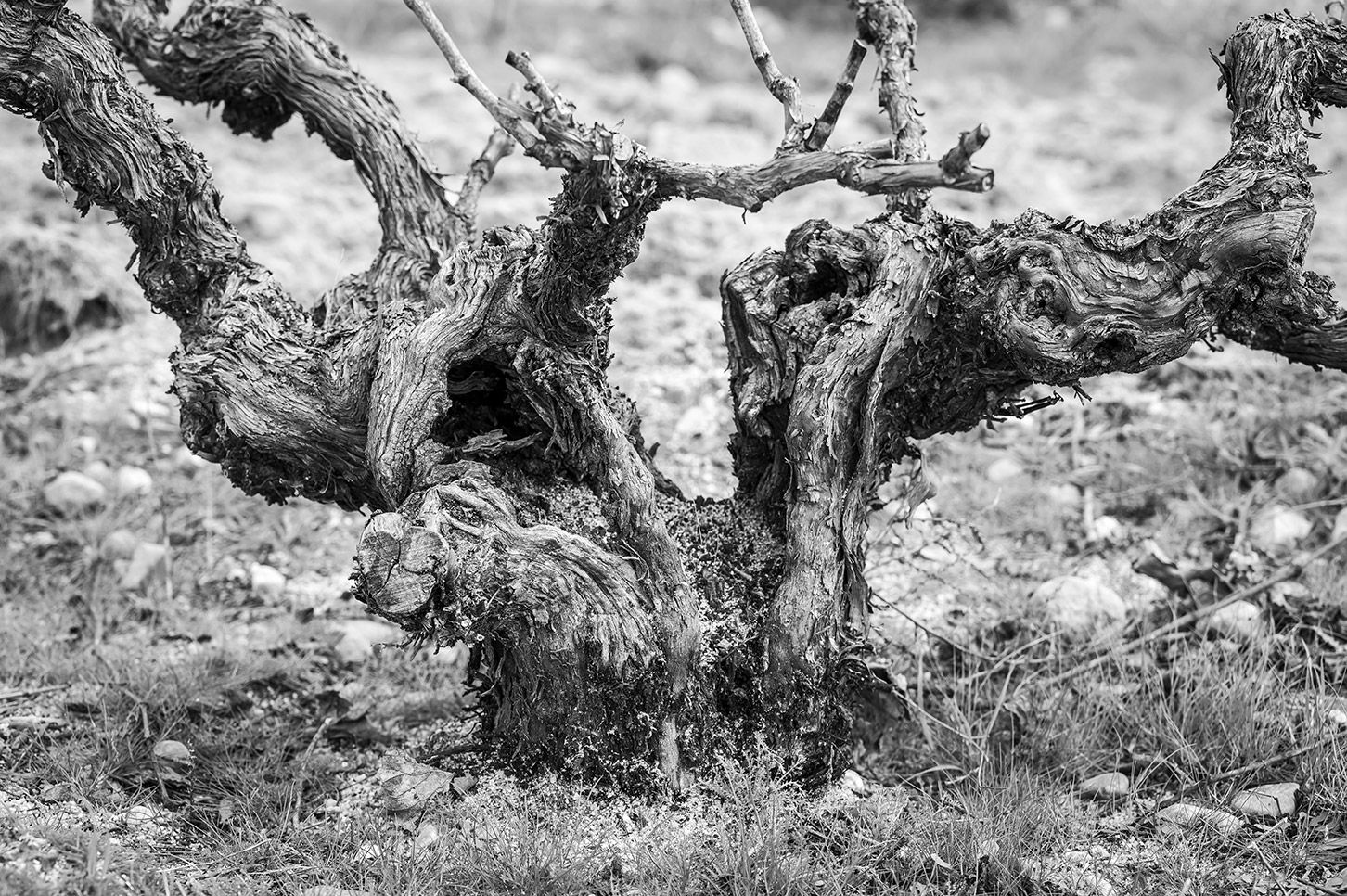
2019
A year of rainfall reserves
The last months of 2018 were typically autumnal: with a regular accumulation of rainfall of around 100 mm and mild temperatures. The first frosts arrived in Nieva at the end of October and preceded a cold and dry winter, with barely 70 mm of rainfall. These conditions resulted in the early arrival of spring. The first spouting of the vine were seen in mid-March, and the first sprouting in the third week of April, a notable month due to its rainfall. The flowering and setting of the berries was optimum. The summer months were especially dry with medium-high temperatures, thus obtaining an excellent health during the entire cycle. The veraison of the grape began in mid-August. The end of the month saw an episode of heavy storms in the area. These storms accelerated maturity and resulted in a small increase in the size of the berries, bringing them closer to the time of optimum maturity. Harvesting began on September 16, and was characterized by small episodes of rainfall during the first days that did not alter the good health of the grape. After that, the grapes were harvested in a warm and dry environment that lasted until October 2, the last day of the season.
2018
Vintage
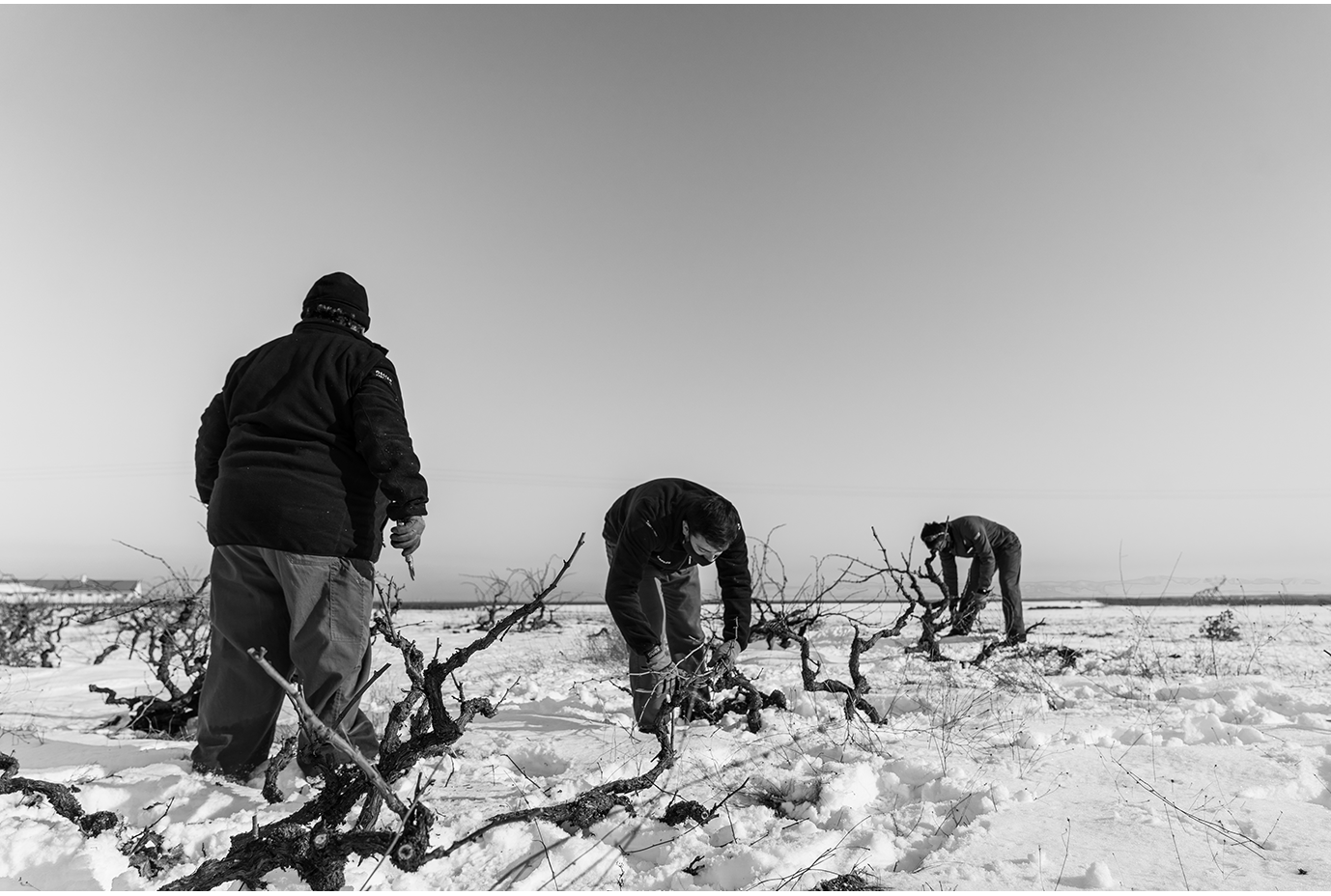
2018
Three major snowfalls during the winter
After the harvest of 2017, the last three months of the year saw mild temperatures and the first frosts arrived at the end of November. The month of December was the rainiest of the three, with 30 l/m². January was especially cold, with two significant snowfall on the 6th and the 25th that accumulated a total of 70 l/m². February continued with very low temperatures, leaving a small snowfall on the 4th and ending with abundant rainfall.
In March the temperatures softened and there was a high rainfall, a total of 70 l/m², and the first shoots were seen around March 25. April was characterized as a rainy month, with another 70 l/m² and temperatures began to rise, causing the onset of sprouting in the third week of the month. May followed with mild temperatures and abundant rainfall. Despite very favorable general conditions, on May 4, 13 and 15 there were significant decreases in night temperatures that alerted the viticulture team, especially in the area of Nieva and Melque de Cercos, although they did not cause any damage in the vineyard. June was somewhat cooler than usual. Flowering began in the second half of the month and reached its fullness in the last week, which coincided with a few days of abundant rainfall that left an optimal setting of separate berries at the end of the month. July and August were warm and dry months, allowing the vineyard to have excellent health. Veraison began at the end of August. September began with some rain in the early days and generally mild temperatures. The harvest began on September 20 with an optimal health and maturity and developed with warm temperatures and no rain until its completion on October 10.
2017
Vintage
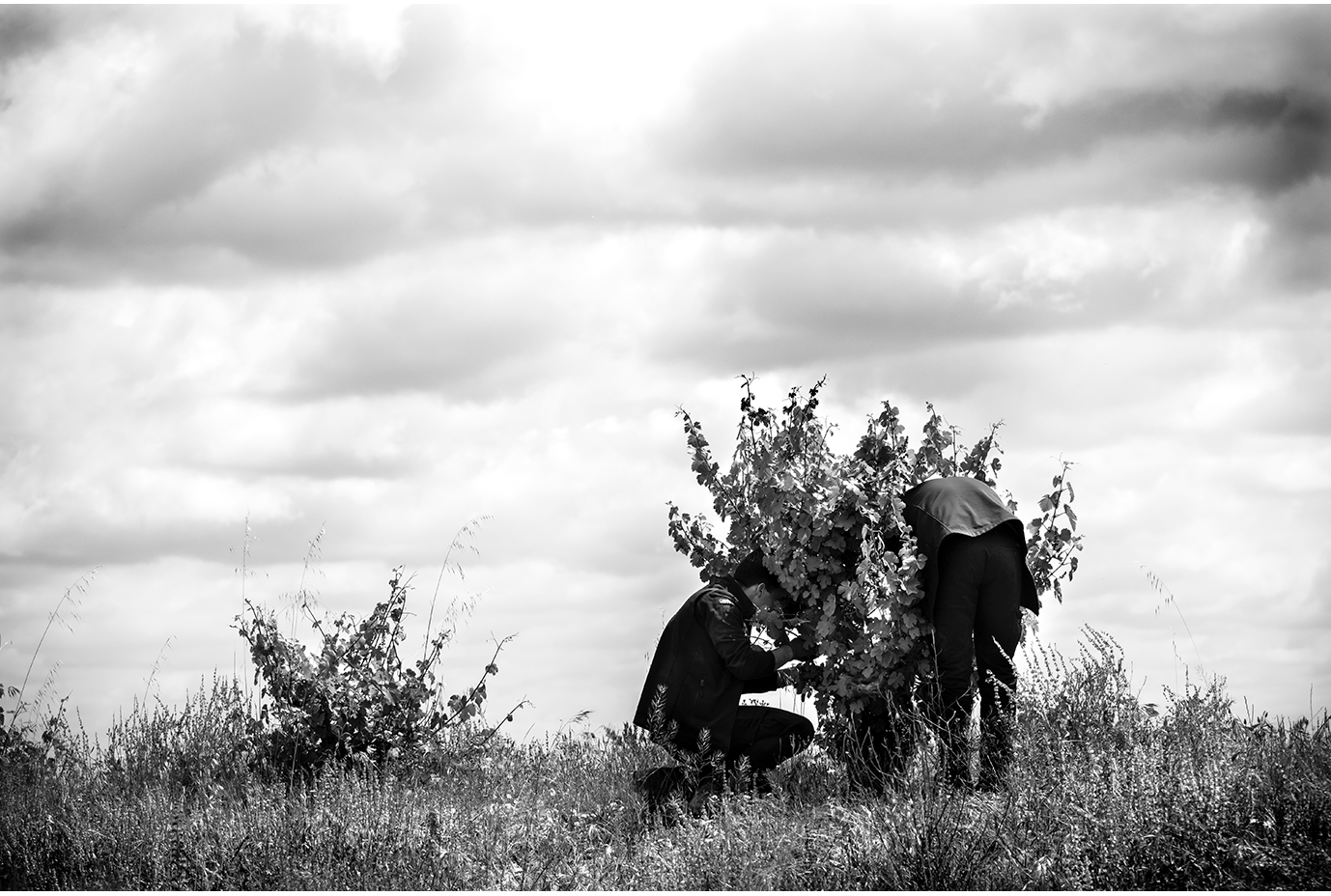
2017
Summer thunderstorms accompanied by hail
2017 was a climatically very complicated year. It started dry and very cold, recording up to 15 degrees below zero in mid-January, although temperatures became milder. After sprouting, two heavy frosts occurred on April 28 and May 1. The rains in May and a warm, dry June helped restore the vines’ vigor. On July 7 we had severe storms accompanied by hail in some places, although the rest of the summer was dry and hot, with cold nights and occasional rain in August that helped to alleviate the drought. The adverse conditions of the vintage resulted in very low yields. In spite of everything, a grape with excellent health and quality was obtained. The harvest took place from September 19 to 30 with heat and no rainfall, which prevented interruptions.
2016
Vintage
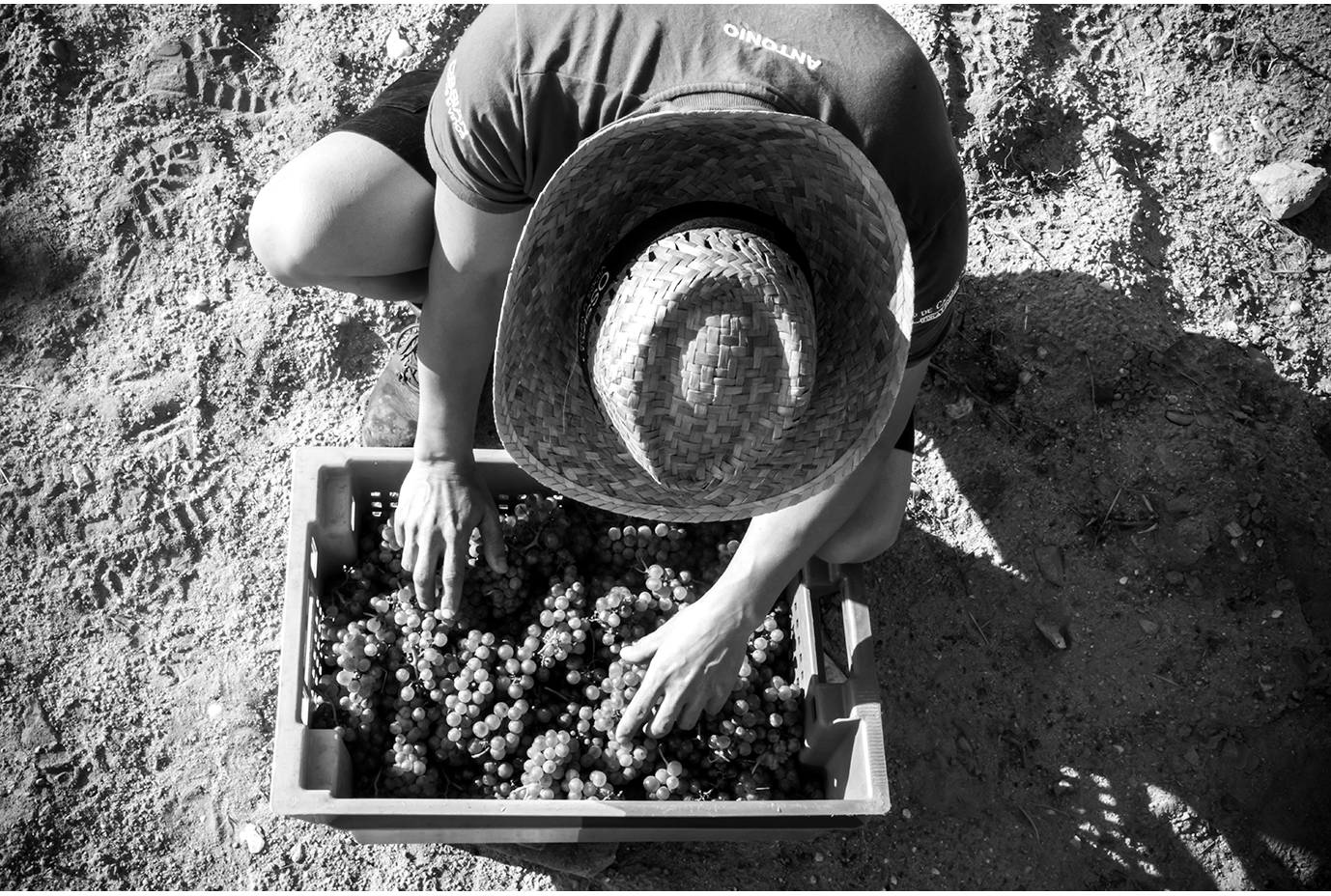
2016
Lower throughput higher quality
The 2016 vintage could be defined by an unusual ripening cycle. The winter started drier and warmer than usual, but in early January the rains started, and did not cease until March, with mild temperatures and a few isolated snowfalls. All this caused the first vegetative spouts to appear at the end of April, and there was a general sprouting of the vines in May. Half-way through May, there were several episodes of frost in the Nieva area, which resulted in an uneven incidence in each of the plots; reducing the yield of the vineyards and increasing quality. The scarcity of rain in the final months and the high average temperatures during the ripening cycle, and especially during the weeks of September, were contributing factors to the lower yield and produced a slowdown in the plant’s vegetative cycle that delayed the start of the harvest.
2015
Vintage
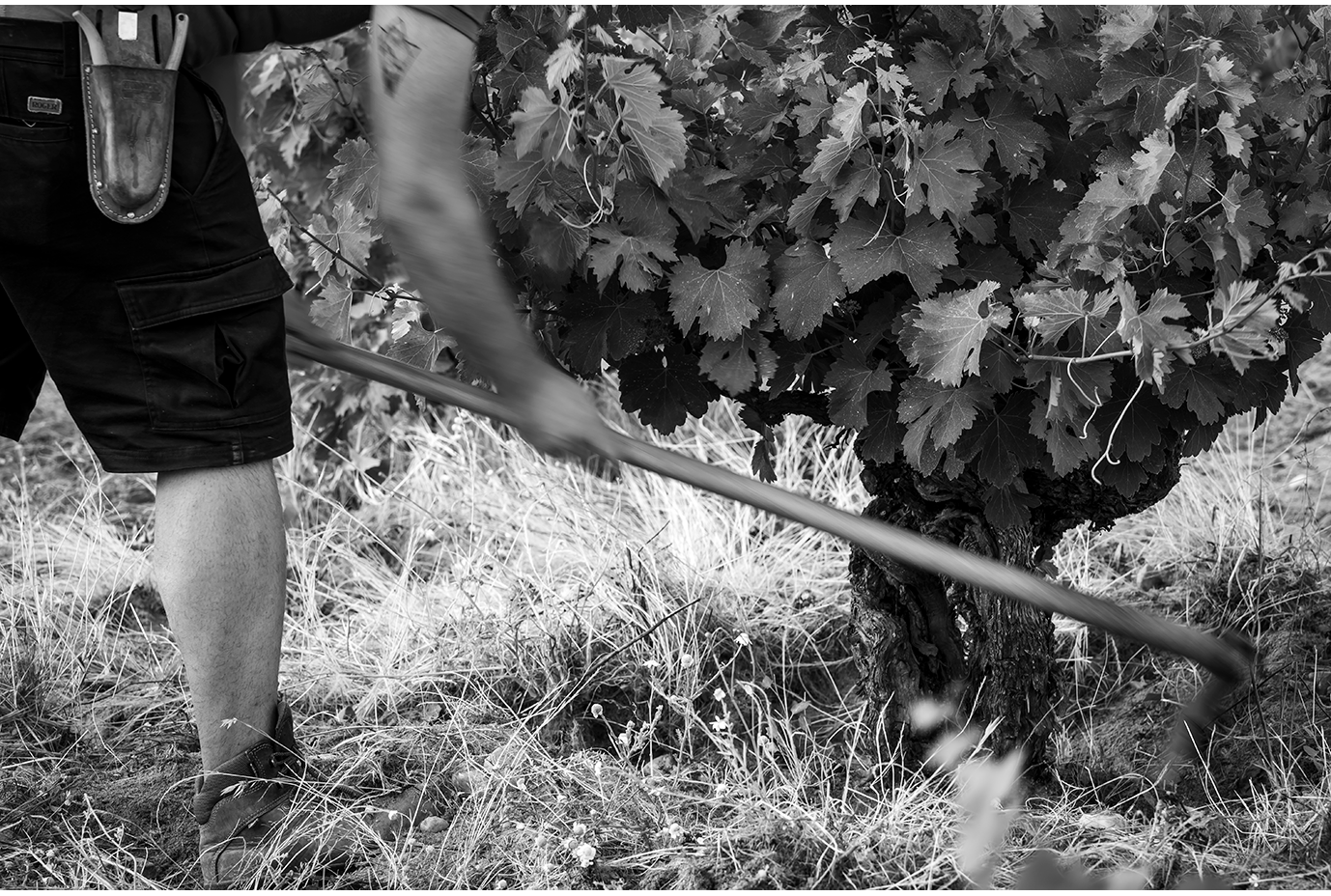
2015
Isolated frost and precipitation episodes
The 2015 vintage could be defined by an unusual ripening cycle. The winter was not especially cold, although it did have some frosty spells and low rainfall. All this has to the first shoots emerging early at the end of March. Together with the rise in temperatures and increased rainfall, the vines began to sprout generally in April. In the second half of May, there were several days of severe frost with an uneven incidence in each of the plots; reducing the yield of the vineyards and increasing quality. Low rainfall during the last months and high average temperatures during the ripening contributed to the improved yield. The harvest began on September 18 and ended on October 9, following a plan and without any incidents, highlighting a high quality of the raw material and the excellent health of the grape.
2014
Vintage
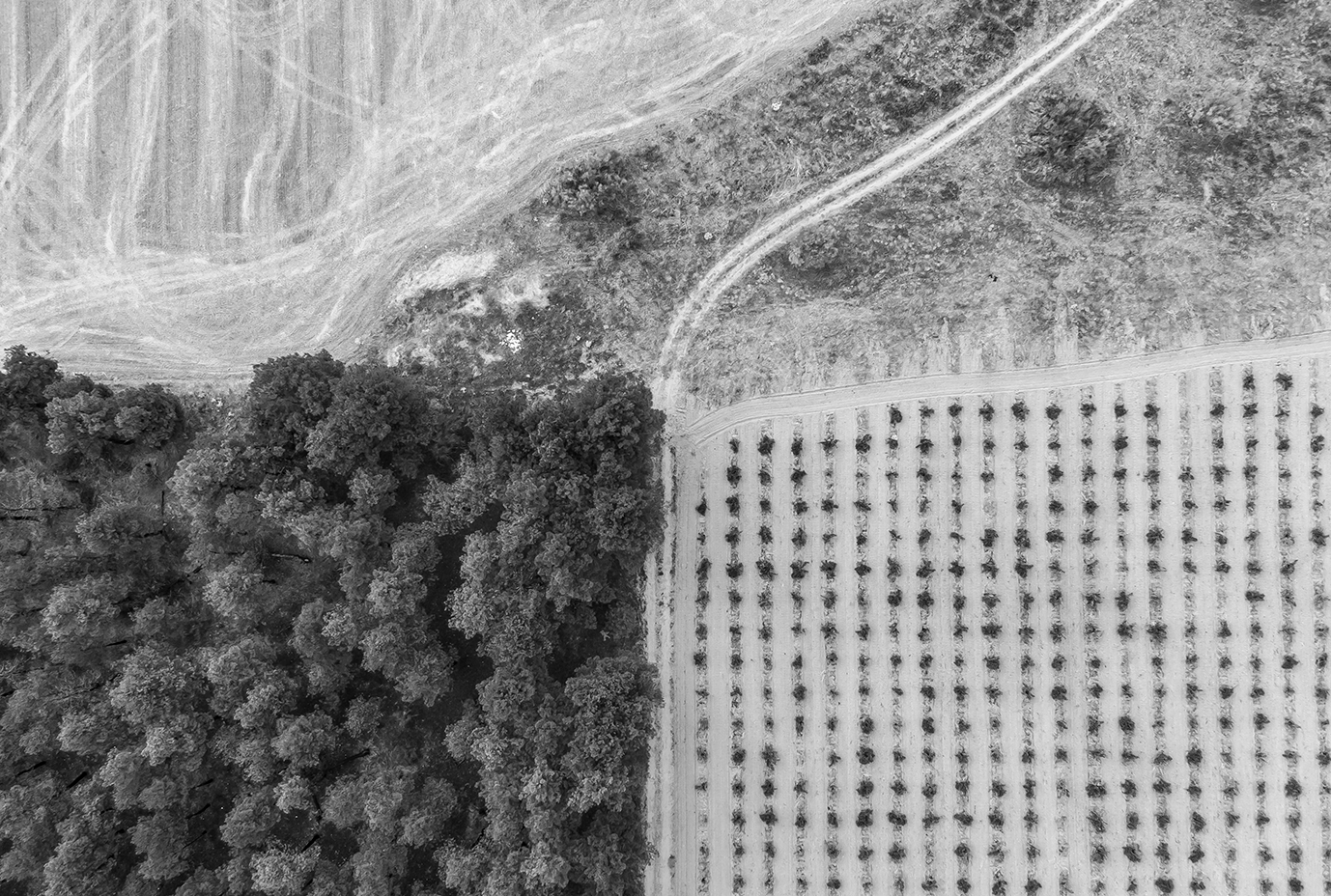
2014
Moderate temperatures during the winter
Winter was moderate with no heavy frosts. The mild temperatures of late April led to sprouting in early May. The beginning of spring was rainy with moderate temperatures, which correctly marked the vegetative cycle. Dry, hot summer. Occasional rainfall in September favored the correct ripening of the grapes without losing their natural balance. The harvest began on September 22 and went on until October 10. A very good year in terms of both the quantity and the quality of the grape. The weather conditions allowed us to harvest at a slower pace, selecting each plot in its optimum moment of maturation.
2013
Vintage
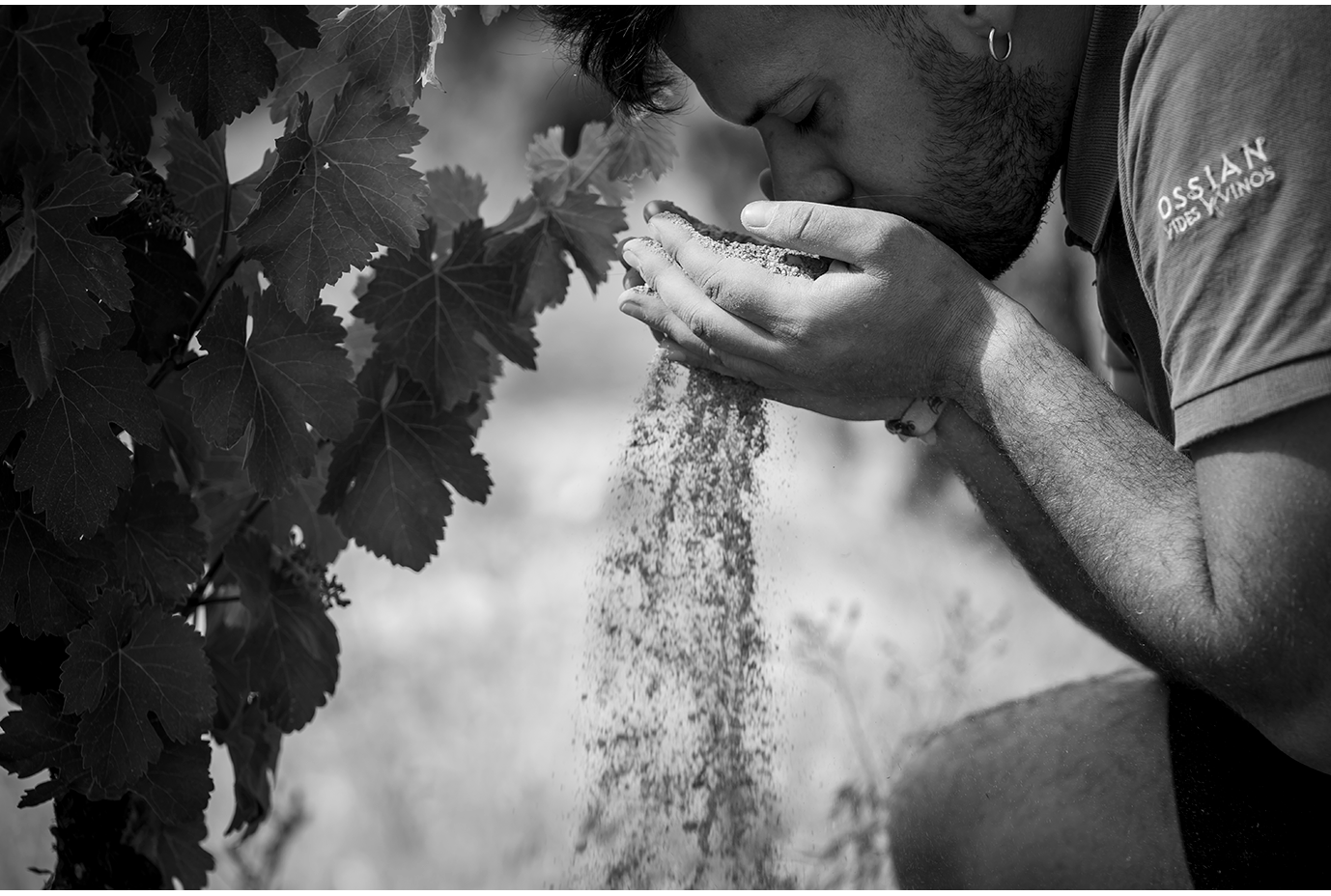
2013
A very rainy winter
Winter was moderate, and very rainy. The mild temperatures of late April led to sprouting in early May. A severe frost in late April greatly reduced the harvest. Temperatures rose and the vineyard developed, but maintaining the cycle delay. July and August were warm, but with cold nights. Heavy rains in September with warm nights favored the diseases on the vine, which further reduced the harvest. The harvest began in October, with suitable ripening of the bunches. Our harvest was very selective, as a result of the irregularities of the climatic year, so the grapes reached the winery at the optimum time.
2012
Vintage
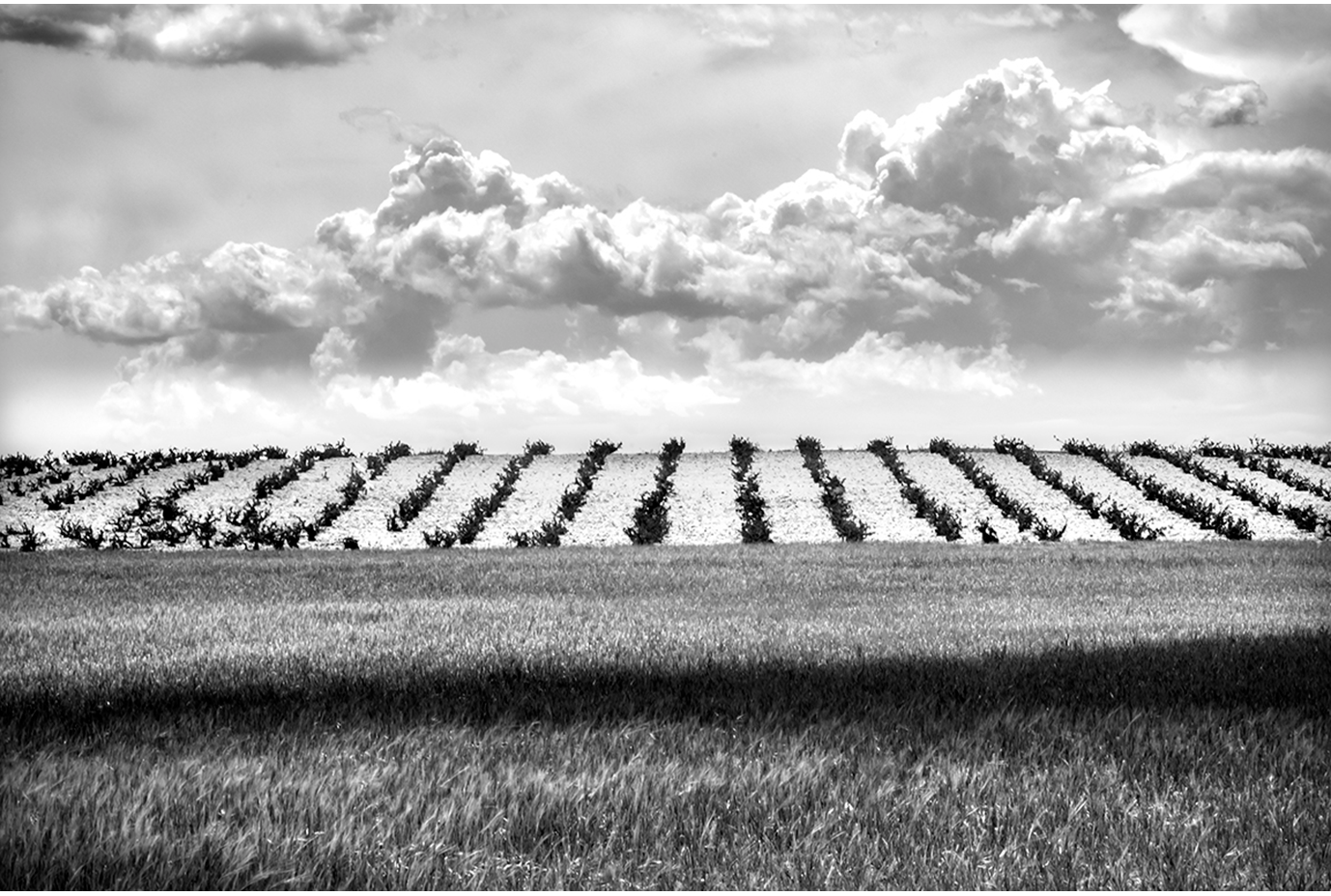
2012
A hot summer without rain
The 2012 vintage is a vintage marked by a hot summer with little rainfall. The maturation suffered a slight advance, which forced the harvest to begin at the end of September. Winter was cold, with rains in the usual range and some days of snow. Temperatures began to rise in March, reaching 20 degrees in April which caused the vines to sprout early. A severe frost in the second half of May significantly reduced the harvest. The warm and dry summer favored the early start of all phases of the cycle. Some rain during the harvest did not have an effect on the excellent quality of the grapes.
2011
Vintage

2011
A winter of abundant rainfall
We had a very cold winter, with heavy rainfall and some days of snow. Temperatures began to rise in March, reaching 20 degrees in April and resulting in the vines spouting. Fortunately there were no significant frosts, and the development was homogeneous. May was unstable and June very warm, so the plants came to bloom early. It was a very dry summer, with July being less warm than August. A heat wave began on September 1 that forced us to harvest early, although the grapes had an excellent quality of health.


